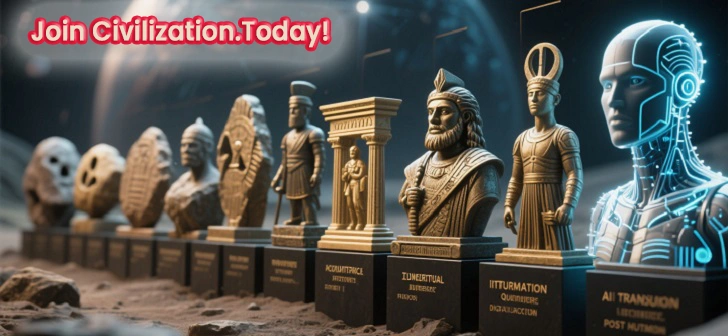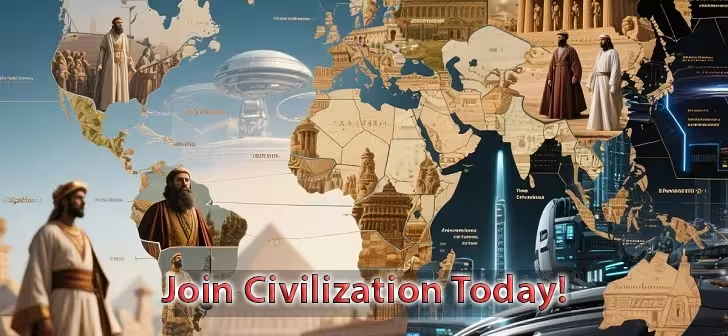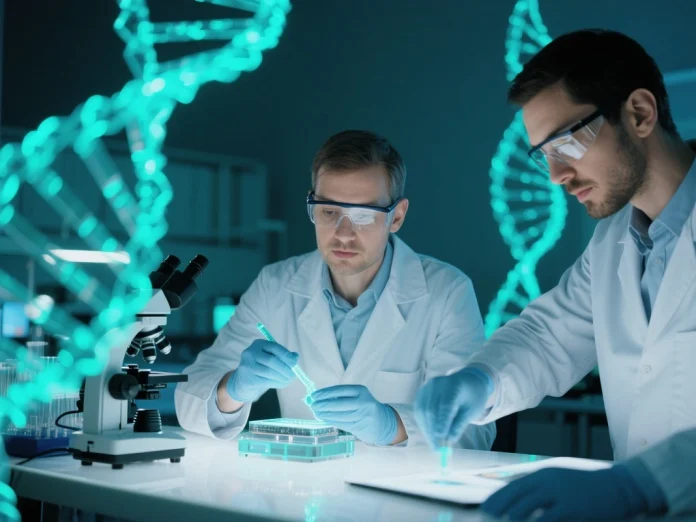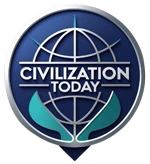In the past decade, one scientific breakthrough has stood out as both revolutionary and controversial—gene editing. At the heart of this revolution is CRISPR-Cas9, a molecular tool that allows scientists to cut and modify DNA with unprecedented precision. But as technology advances, CRISPR is no longer the only player in the game. From enhanced agriculture to potential cures for genetic diseases, gene editing could soon redefine what it means to be human, reshape ecosystems, and challenge our ethical boundaries.
What is Gene Editing?
Gene editing is the process of making targeted changes to an organism’s DNA. It’s like a high-tech “find and replace” function for the genetic code. Using tools such as CRISPR, scientists can:
- Remove harmful mutations
- Insert beneficial genes
- Alter existing genetic sequences for desired traits
Unlike traditional breeding or earlier genetic modification techniques, gene editing works at a much faster pace and with incredible accuracy. This opens up possibilities that once belonged in the realm of science fiction.
The CRISPR Revolution
Discovered in 2012 by Jennifer Doudna and Emmanuelle Charpentier, CRISPR-Cas9 uses a bacterial immune system mechanism to find and cut specific DNA sequences. This simplicity and affordability have made CRISPR accessible to labs worldwide, sparking a flood of research.
In medicine, CRISPR has already shown promise in:
- Treating sickle cell anemia
- Targeting certain cancers
- Correcting vision disorders
- Developing potential cures for rare genetic diseases
The possibilities extend beyond human health. Agriculture is seeing crops that can withstand droughts, pests, and even climate change, while animal breeding could eliminate hereditary illnesses.
Beyond CRISPR: The Next Generation of Gene Editing Tools
While CRISPR remains the most famous, new technologies are emerging:
- Base Editors. Instead of cutting DNA entirely, these tools swap one DNA letter for another, reducing errors and potential side effects.
- Prime Editing. Dubbed “CRISPR 2.0,” prime editing can insert, delete, or replace DNA segments with extreme precision.
- Epigenome Editing. Alters how genes are expressed without changing the underlying DNA sequence, potentially reversible and less risky.
These advancements could lead to treatments for previously “untouchable” conditions, pushing gene editing into a new era.
Potential Benefits of Gene Editing
The potential impact is enormous:
- Medical Breakthroughs. Eliminating hereditary diseases, preventing genetic disorders before birth.
- Agricultural Innovation. Crops that grow in extreme environments, reducing world hunger.
- Environmental Restoration. Bringing back extinct species or protecting endangered ones by boosting their resilience.
- Personalized Medicine. Tailoring treatments to an individual’s genetic profile.
If used responsibly, gene editing could help solve global crises—food shortages, pandemics, and climate challenges.
The Ethical and Moral Debate
For every groundbreaking possibility, there’s an equally intense ethical concern:
- Designer Babies. Could gene editing lead to a future where parents choose eye color, height, or intelligence for their children?
- Genetic Inequality. Access to such technology might widen the gap between the wealthy and the poor.
- Ecological Risks. Altering genes in plants or animals could have unforeseen consequences in ecosystems.
- Consent and Ownership. Who owns edited DNA? Can we modify life forms without their consent?
The infamous 2018 case of He Jiankui, who claimed to have created the first CRISPR-edited babies, showed how quickly the technology could be misused. Global regulations are still struggling to keep pace.
CRISPR in Action Today
Gene editing is no longer just theoretical. Clinical trials are underway:
- Vertex Pharmaceuticals & CRISPR Therapeutics. Testing CRISPR-based treatments for sickle cell anemia and beta-thalassemia.
- Editas Medicine. Working on therapies for blindness caused by genetic mutations.
- Agricultural Trials. Gene-edited rice, wheat, and tomatoes that require fewer resources and resist disease.
These real-world applications are shaping public perception, turning skepticism into cautious optimism.
The Future: Where Gene Editing Could Take Us
Fast-forward a few decades, and gene editing might be as routine as vaccinations are today. We could see:
- Disease-resistant humans
- Organ regeneration from a patient’s own cells
- Longer lifespans due to genetic enhancements
- Entire ecosystems engineered for sustainability
But the road ahead is not just about scientific breakthroughs—it’s about societal readiness. Education, regulation, and public debate will shape how far and how fast we go.
Balancing Innovation with Responsibility
Gene editing sits at the intersection of hope and caution. The technology offers unmatched potential to improve human life, fight climate change, and protect biodiversity. Yet without careful regulation and global cooperation, it could also open doors to inequality, exploitation, and irreversible harm.
Scientists, policymakers, and the public must work together to set ethical boundaries. After all, the question is not just can we edit life—it’s should we?
Conclusion
From CRISPR’s humble beginnings to futuristic genetic engineering, gene editing represents one of humanity’s most powerful tools. It could cure disease, feed the planet, and even change the course of evolution. But with such power comes the responsibility to ensure we use it for the common good. The choices we make in the next decade could determine not just the future of medicine or agriculture, but the very definition of life itself.




